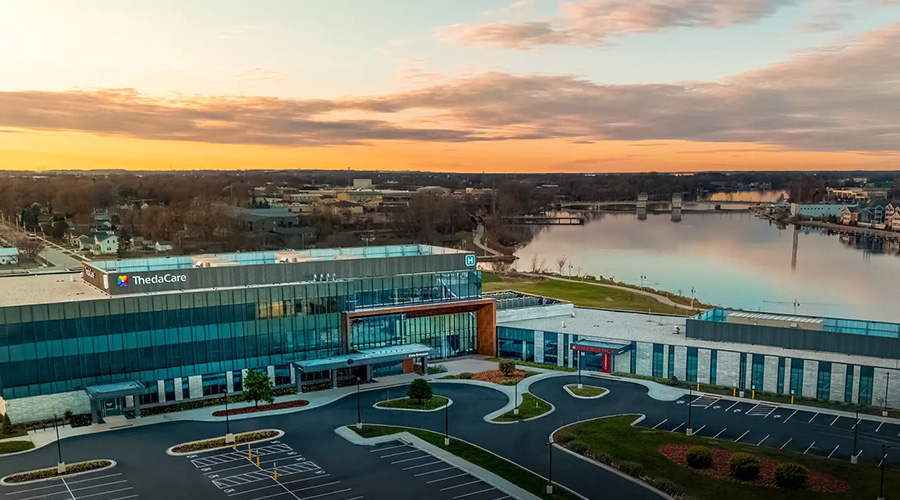To reduce heating loads for school buildings in cold climates, focus on these four design and operations tips, according to an article from Building Operating Management on the FacilitiesNet website.
Controlling heat loss, managing energy costs, and controlling thermal comfort are primary drivers.
#1: Minimizing footprint is a strategy for both cold and hot climates; however, the type of roof varies for cold locations. Flat roofs with internal drainage are typical in cold urban locations whereas sloped metal roofs are considered more durable for remote locations.
#2: Control internal heat loss and manage plug loads. Cold climate energy tactics include highly insulated wall and roof envelopes, high-performing windows to keep heat inside, peel and stick air barriers on the warm side of the wall, and minimized building skin penetrations.
#3: Achieve optimal design for window, solar heat gain, daylight, and views. Cold climate strategies balance the need for daylight and views.
#4: Design the optimal building envelope for cold climate schools. In colder climates, the building envelope requires a continuous air barrier to be skin-tight and act as a vapor barrier.

 Building Sustainable Healthcare for an Aging Population
Building Sustainable Healthcare for an Aging Population Froedtert ThedaCare Announces Opening of ThedaCare Medical Center-Oshkosh
Froedtert ThedaCare Announces Opening of ThedaCare Medical Center-Oshkosh Touchmark Acquires The Hacienda at Georgetown Senior Living Facility
Touchmark Acquires The Hacienda at Georgetown Senior Living Facility Contaminants Under Foot: A Closer Look at Patient Room Floors
Contaminants Under Foot: A Closer Look at Patient Room Floors Power Outages Largely Driven by Extreme Weather Events
Power Outages Largely Driven by Extreme Weather Events